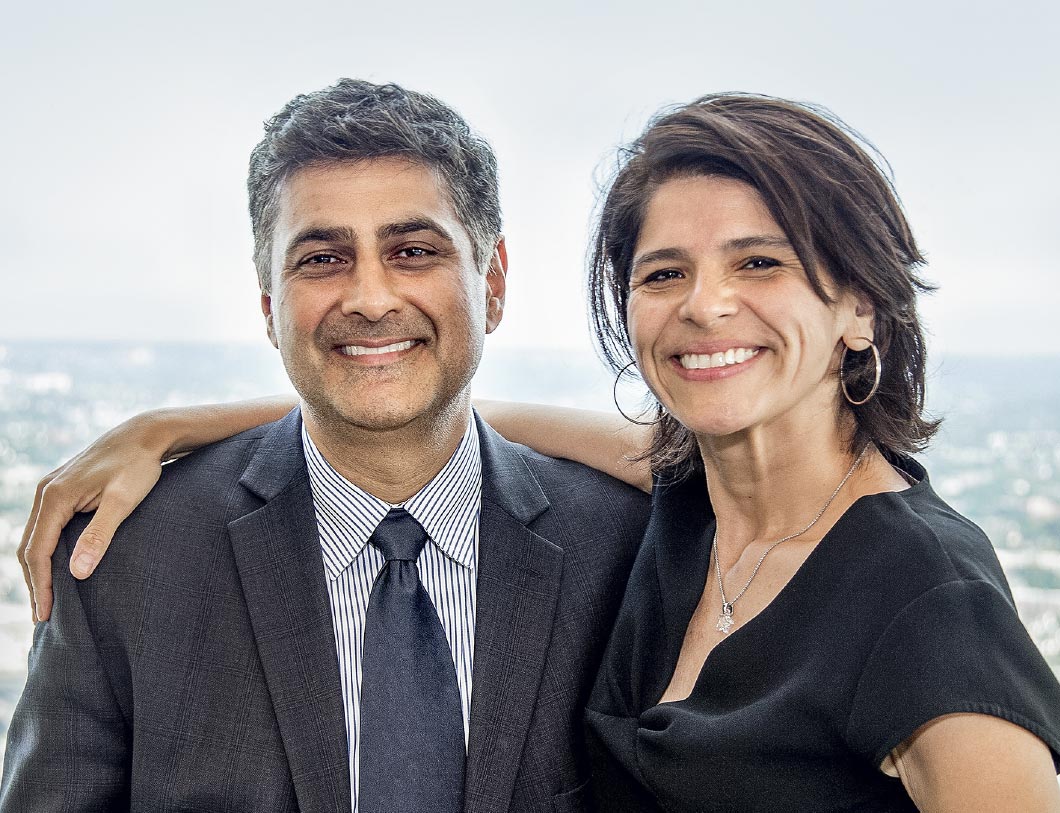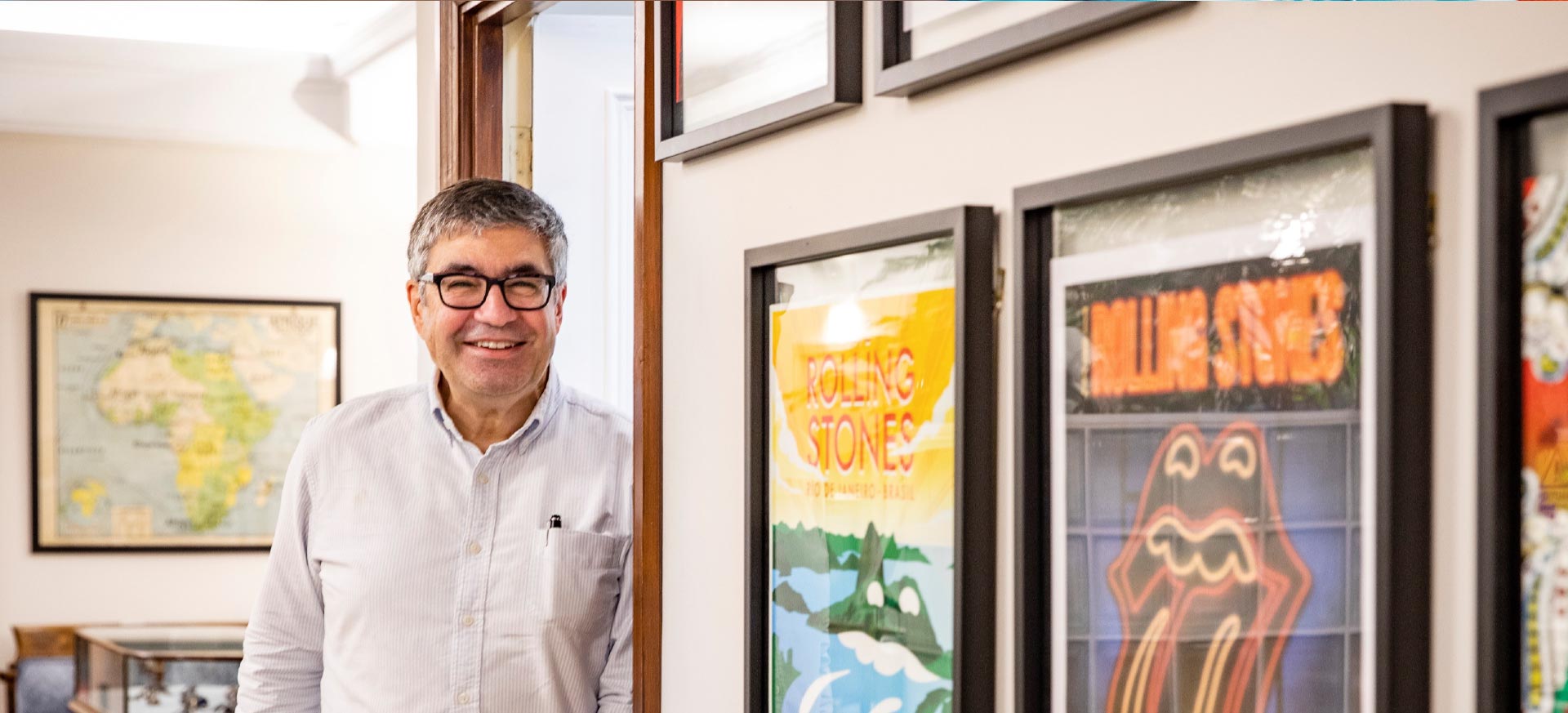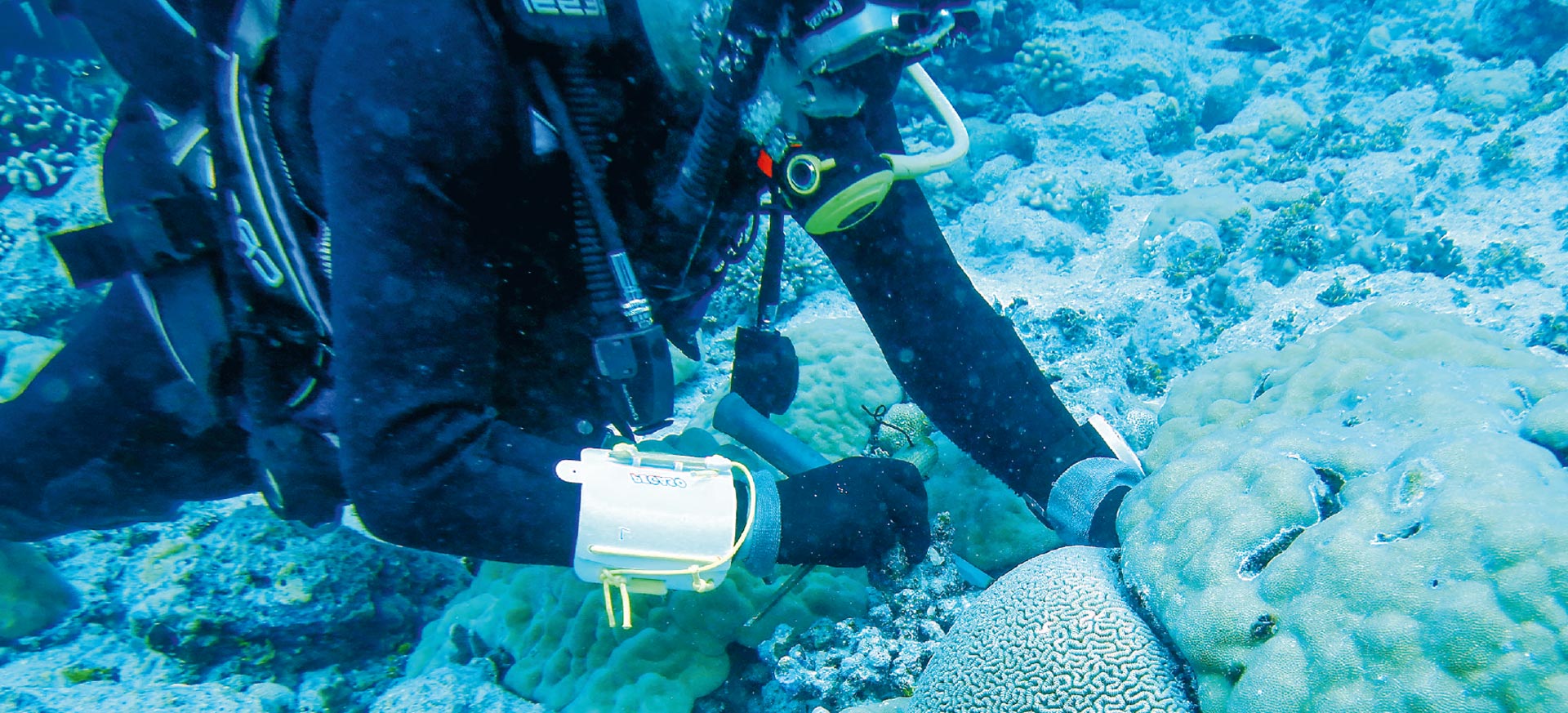Tuberculosis
Zero TB initiative
hroughout much of the first half of the 20th century, mobile tuberculosis (TB) units crisscrossed the US and Europe on the hunt for TB cases. Streetcars, buses, trains, planes and boats equipped with x-ray machines offered free exams. Those with suspicious results were asked to cough up sputum for smear microscopy to identify the pathogen. Family members of people sick with TB were also identified, tested and, if necessary, treated as well.
This three-part strategy – search for TB cases, treat the sick, and stop the disease from progressing using preventive treatment – was key to the virtual elimination of TB from wealthy industrialized countries around the world over the past 70 years. The annual TB rate in the United States today is under three cases per 100,000 people. In Canada, it’s two per 100,000.
But the numbers are astronomically higher in many poor countries where these same measures were not applied. In Peru, for example, the annual rate is 117 cases per 100,000. That’s why, almost every day, two blue vans from Socios En Salud, a branch of the global health organization Partners In Health, find a strategic place to park in the Carabayllo district of Lima. Its logo designed in consultation with local residents, each van features people holding a hand up in the universal halt! gesture, and the phrase “alto a la TB” – stop TB. Nearby are blue tents they’ve set up for various screenings. Speakers blast the latest trendy music as well as a jingle about TB screening that was created for this campaign by local artists and regularly plays on local radio.

The Zero TB Initiative is an international coalition of community-based health organizations, local and federal governments, the Stop TB Partnership, and NGOs aiming to drastically reduce TB rates across the world.
Like their 20th-century predecessors, these are mobile units searching for TB cases. Now they’re equipped with digital x-ray machines, whose results are screened by AI, and vials for collecting sputum to take to a lab for rapid genetic analysis. Another team carries tubes of tuberculin, to conduct skin tests, and the QuantiFERON-TB Gold Plus test, and visits persons who have been exposed to tuberculosis to screen them. Socios En Salud even has an x-ray backpack for home visits in areas where the hills are too steep and the roads too rugged for the vans.
Red and white vans are doing the same work thousands of miles away in Pakistan, which has one of the highest TB burdens in the world, with 263 cases per 100,000.

“When you look at the stats, you have to pause and say, ’Four thousand people die every single day from a disease that’s been treatable for 70 years? That is outrageous!’”
Salmaan Keshavjee

Keshavjee (left) and Becerra (right) met while they were studying at Harvard University. The couple are united in their fight to end TB under the umbrella of the Zero TB Initiative.
“If you’re sick with TB, you spread it to the people you love. Grandparents who have TB and don’t get treatment can infect a small child. And that child may only get sick 20 or 30 years later. It’s a terrible cycle that can be broken if you can get people on preventive treatment.”
Dr. Mercedes Becerra

- The gold standard modern IGRA blood test for latent TB testing
- To date >65 million patients have been tested with QIAGEN’s QuantiFERON-TB Gold Plus test
- >$1 billion latent TB market conversion opportunity, with ~25% of the 70 million annual TB tests converted to IGRA blood tests
- 2020 sales of QuantiFERON amounted to 10% of QIAGEN’s total sales
The opinions and views expressed in this article are those of the individuals named, and not those of any organizations they are affiliated to. They are not intended as a product endorsement.





